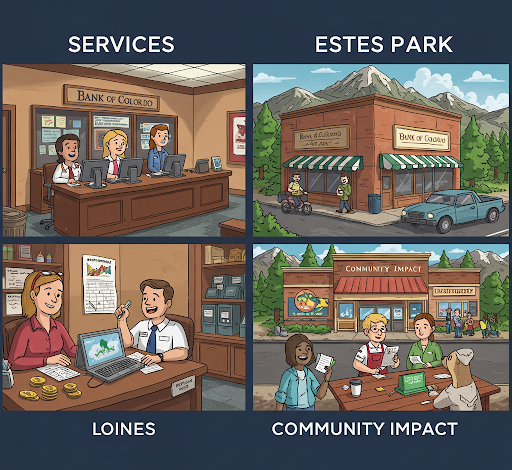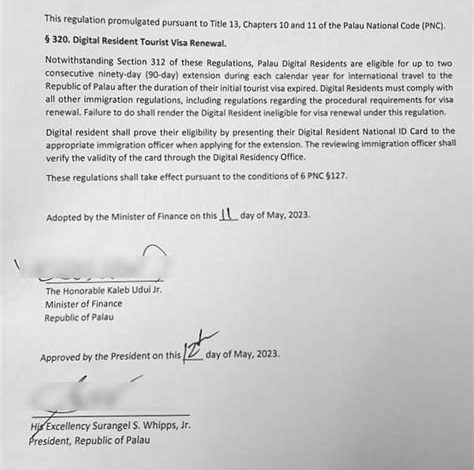High school is a challenging but rewarding journey, but many students wonder when the most difficult year will be. To answer this question, let’s dive into the unique challenges and characteristics of each year of high school.

Freshman Year: The Year of Adjustment
Freshman year is often the most daunting, as students transition from middle school to high school. They face new social dynamics, a heavier academic workload, and the pressures of extracurricular activities.
- Social Challenges: Freshmen navigate complex social hierarchies and form new friendships while coping with the anxieties of being at the bottom of the high school totem pole.
- Academic Rigor: They encounter more challenging coursework and higher expectations, often struggling to keep up with the pace and depth of the material.
- Extracurricular Adjustments: Students may feel overwhelmed by the number of clubs and sports offered, trying to find their place while managing their academic responsibilities.
Data from the National Center for Education Statistics (NCES) shows that freshman year is associated with higher rates of school absences and disciplinary actions due to the adjustment challenges.
Sophomore Year: The Year of Consolidation
Sophomore year typically provides a smoother transition. Students become more comfortable with their surroundings and begin to establish their identities.
- Social Transition: They build stronger friendships, gain confidence in their social interactions, and start exploring romantic relationships.
- Academic Progress: Sophomore year often marks a period of academic improvement as students adapt to the demands of high school and begin to develop effective study habits.
- Extracurricular Involvement: Many sophomores become more involved in extracurricular activities, finding their niche and pursuing their passions.
Junior Year: The Year of Pressure
Junior year is often considered the most challenging year of high school. Students face a slew of academic stressors and the pressure of college applications.
- Academic Rigor: Junior year curricula become increasingly demanding, with more advanced courses like AP or IB classes. Students may struggle to balance their academic load and maintain high grades.
- Standardized Testing: Students prepare for and take important standardized tests like the SAT and ACT, which can add significant stress.
- College Applications: Junior year is when students begin the daunting process of researching, visiting, and applying to colleges, adding another layer of pressure.
According to a survey by the College Board, 58% of juniors report feeling high levels of stress related to college applications.
Senior Year: The Year of Anticipation and Transition
Senior year is a mix of anticipation and transition. Students wrap up their high school experience while preparing for the next chapter in their lives.
- Academic Focus: Seniors typically take a more flexible schedule, allowing them to focus on their college major or areas of interest.
- Post-High School Plans: They finalize their college choices, consider career paths, and make decisions about military service or gap years.
- Social Connections: Seniors cherish the remaining time with their classmates and celebrate their accomplishments.
So, Which Year Is the Hardest?
The answer to this question is ultimately subjective and depends on individual experiences and strengths. However, based on the challenges and pressures faced, many students and educators agree that junior year is typically the most difficult year of high school.
Additional Factors to Consider:
- Individual Strengths and Weaknesses: Students with strong academic skills may find freshman or sophomore year more challenging, while those with exceptional social abilities may struggle in junior year.
- School Environment: The difficulty level can vary depending on the school’s academic rigor, extracurricular offerings, and social climate.
- Personal Circumstances: External factors such as family issues, financial pressures, or health concerns can impact the perceived difficulty of each year.
Conclusion
Each year of high school presents its own unique set of challenges and rewards. By understanding the specific demands of each year, students can prepare themselves and navigate the high school journey with greater confidence and success. Whether it’s the adjustment of freshman year, the pressure of junior year, or the transition of senior year, every year of high school contributes to the overall growth and development of young adults.











